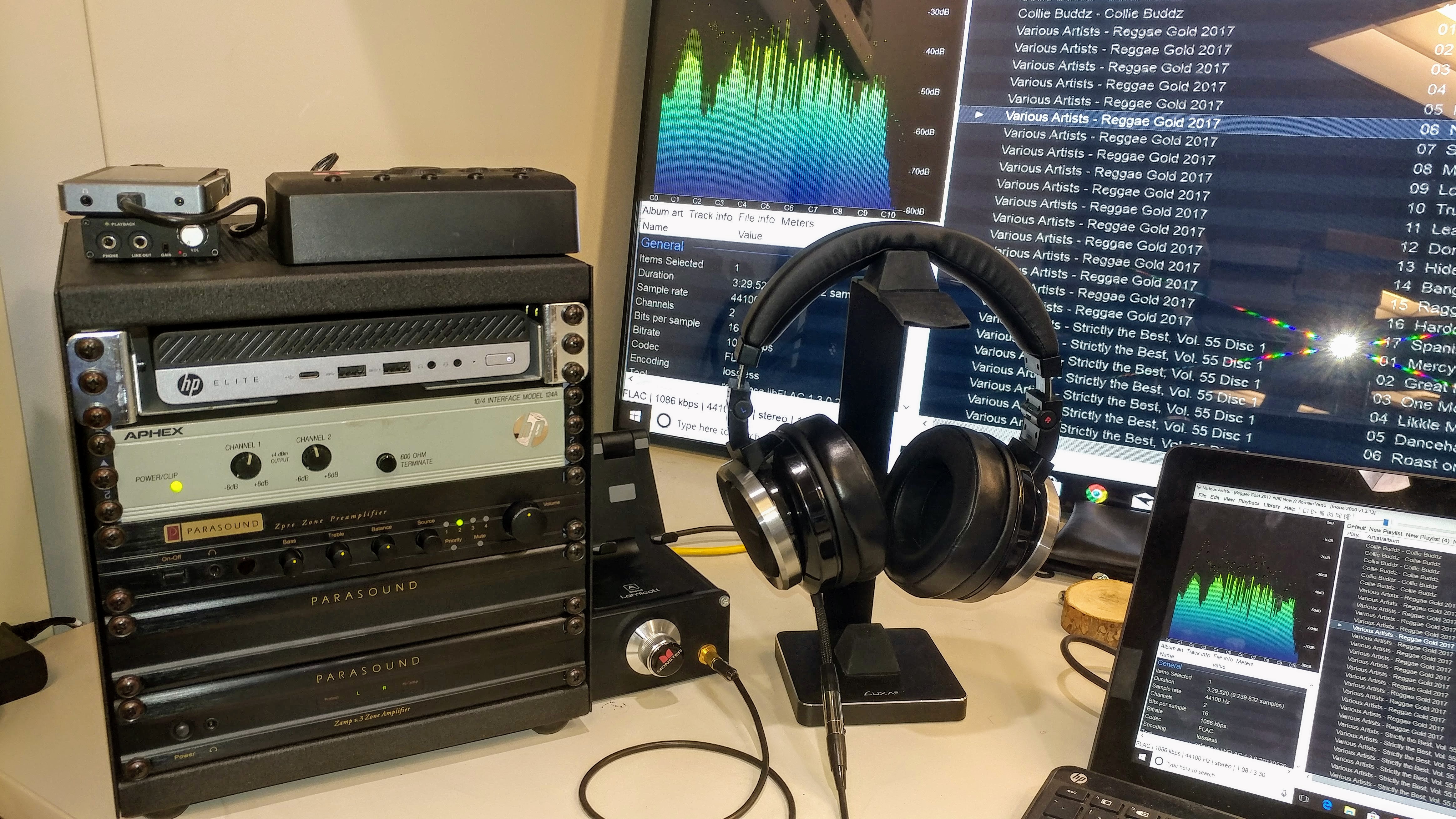Hi,
You can do better pics with your phone, see how I did here: https://www.head-fi.org/threads/asus-essence-one-headphone-amp-dac-cebit-2011.542563/page-216#post-12087137. One hand on the probe, the other one on the phone/camera.
I wish I could but my S5 Cameras glass broke, but I will try to do some good quality picture/videos with someone else phone on my next post.
btw why do I get only straight line when I touch with my probe the invert/non-inverting input? I think I did get some sine waves at FFT but it was really noisy so I assume it wasn't really a sine wave?
Sorry to ask this questions as I am really new to op amps test

Last edited:
























